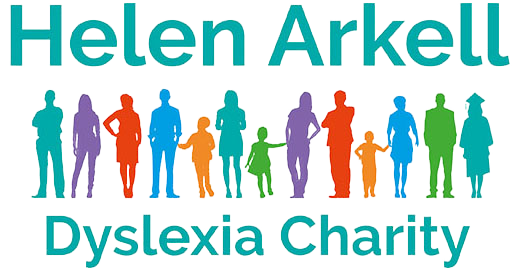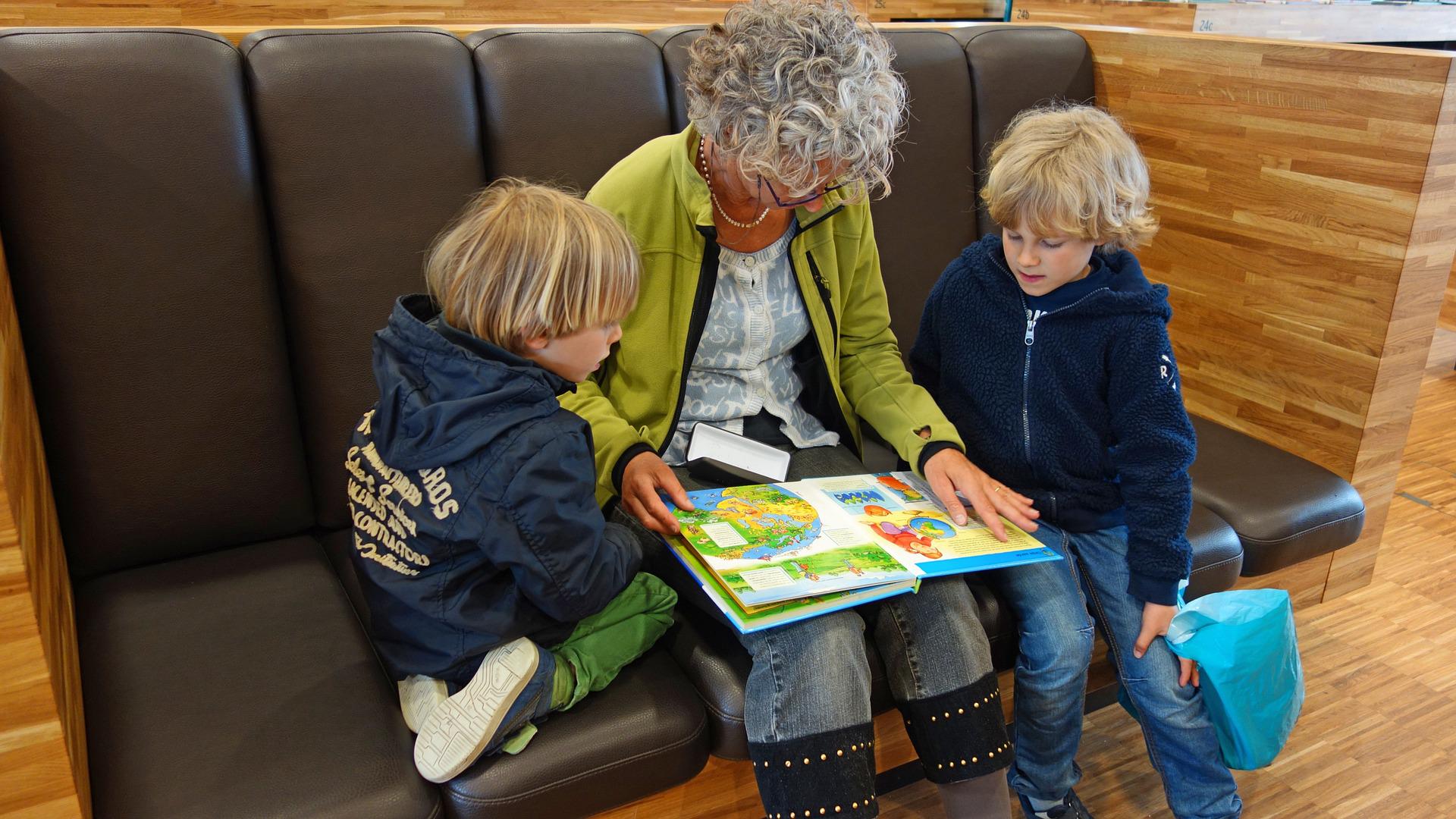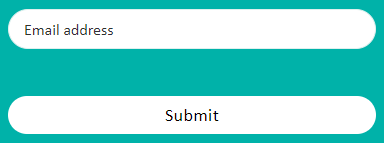Learning to read and write
• Seemingly bright in many ways but slow to acquire spelling/reading/writing
• Confusing letters and numbers that are similar m/w, 6/9, etc
• Difficulties in learning letter formation and confusing upper and lowercase letters
• Difficulties in learning spellings with omission of letters and syllables or using the correct letters but in the wrong order
• Poor attention or concentration for activities involving the reading, writing, listening
• Difficulty learning the letter sound links
Speech and language
• Late speech and language development
• Pronunciation problems
• Grammatical errors in speech
• Word finding problems
• Difficulty learning nursery rhymes and unable to suggest rhymes
• Difficulty detecting alliteration or giving words which start the same sound
Acquiring skills
• Difficulty learning tables and number bonds
• Difficulty learning to tell the time and learning the language of time such as ‘ten past two’
• Clumsiness in small actions such as handwriting or drawing, or in large actions such as learning to ride a bike or throwing and catching balls
• Problems remembering more than one instruction at a time
• Difficulty learning sequences such as the alphabet, days of the week, months of the year
• Difficulties learning a sequence of activities such as tying shoelaces or doing up buttons
• Talents in creative areas such as playing with Lego
Other indicators
• History of hearing problems, for example earache and glue ear
• Allergies, for example hay fever, asthma





